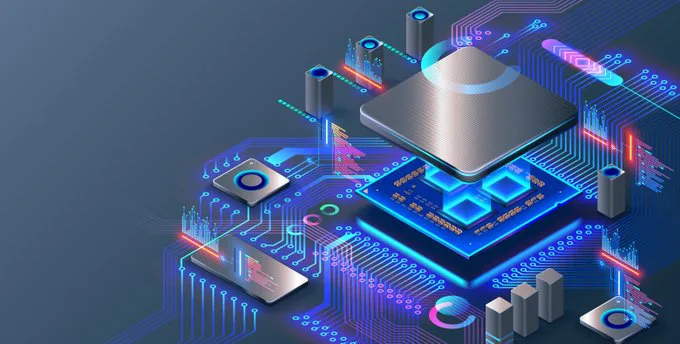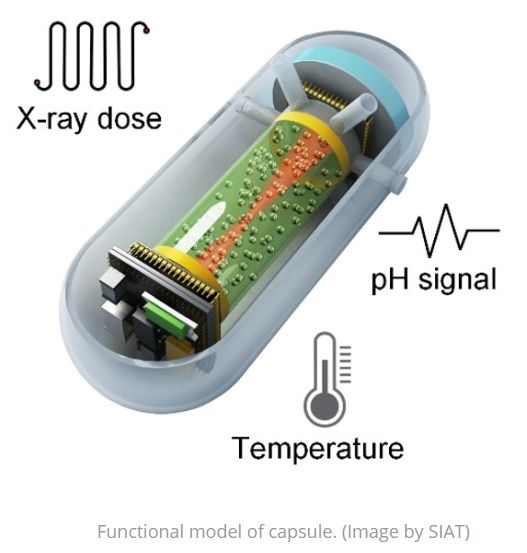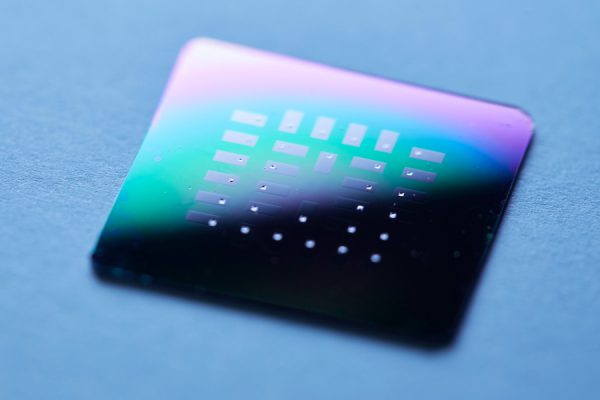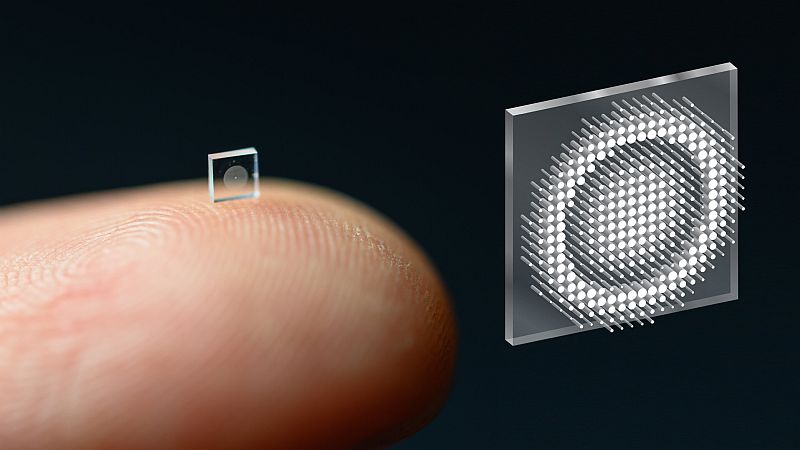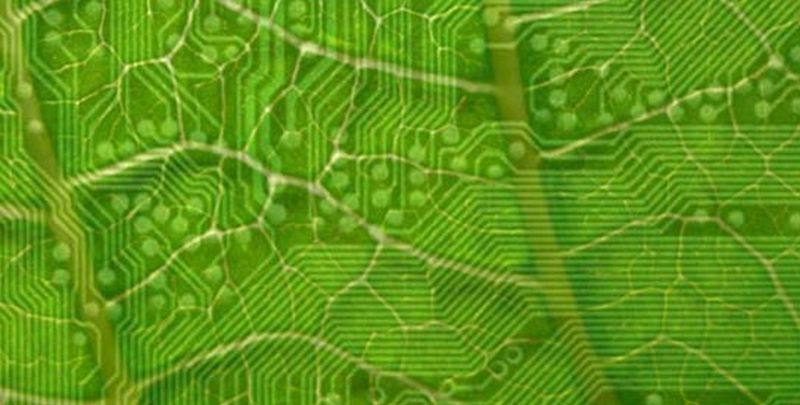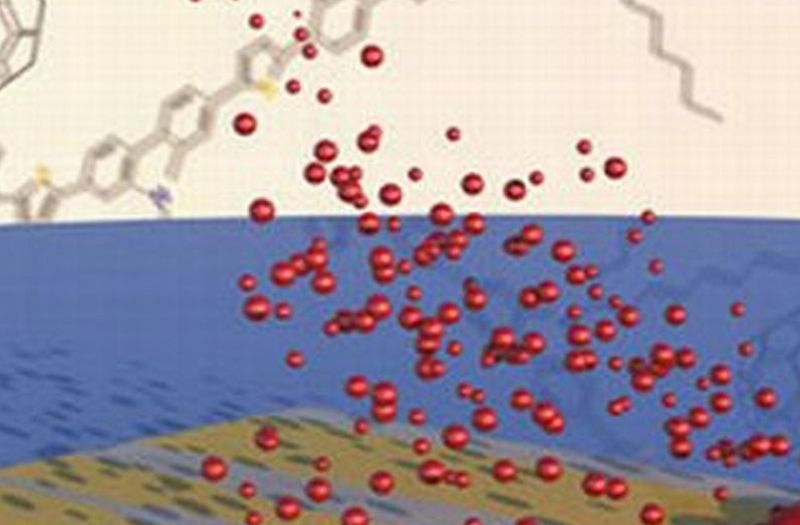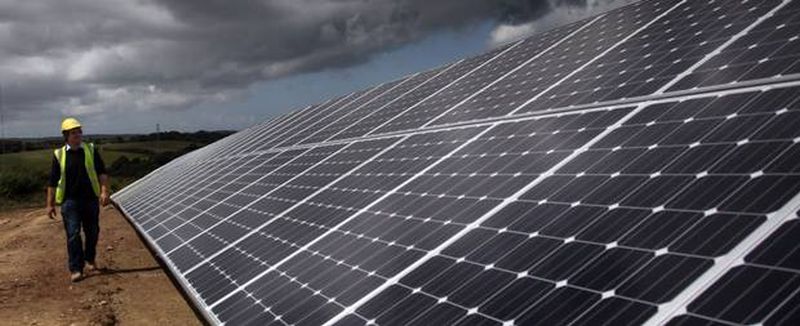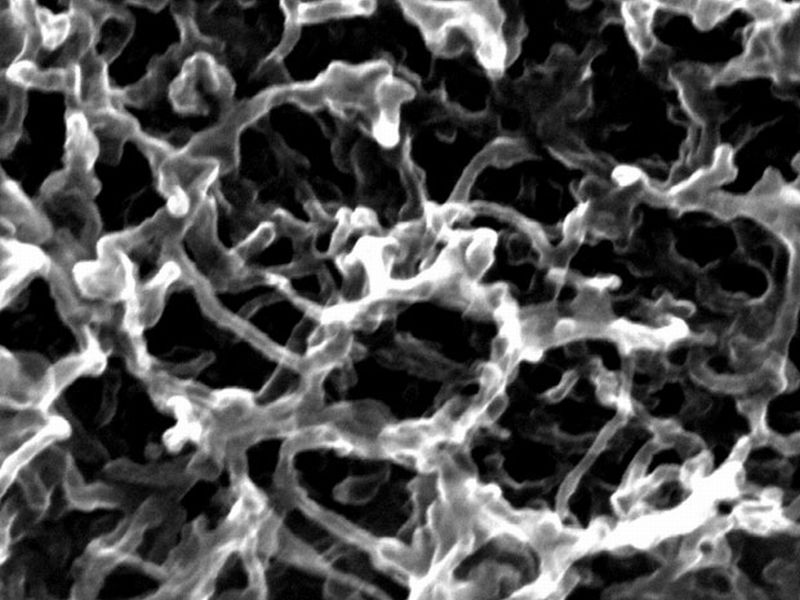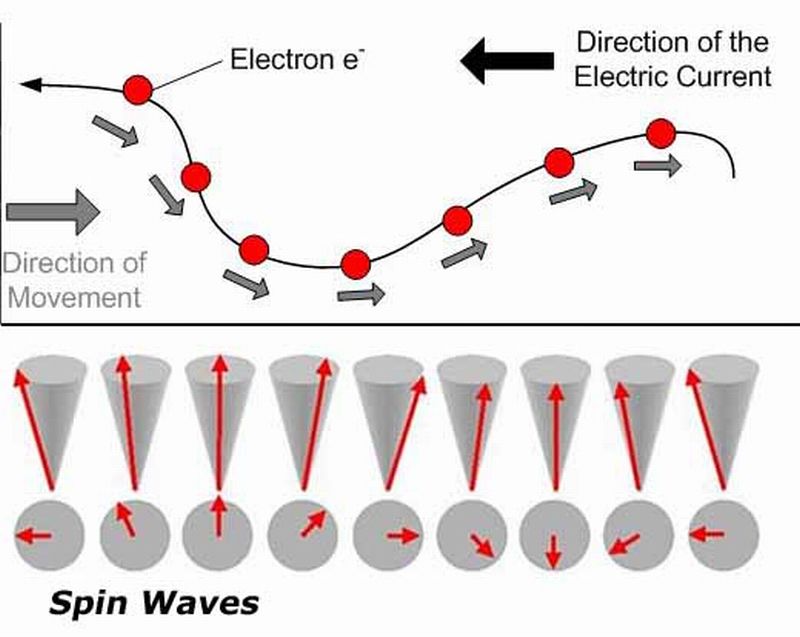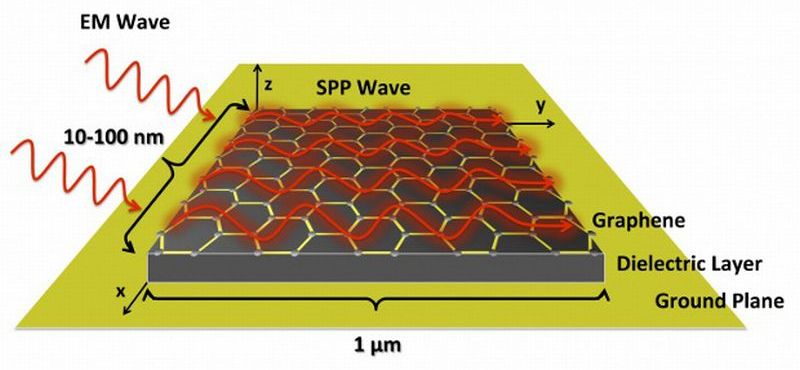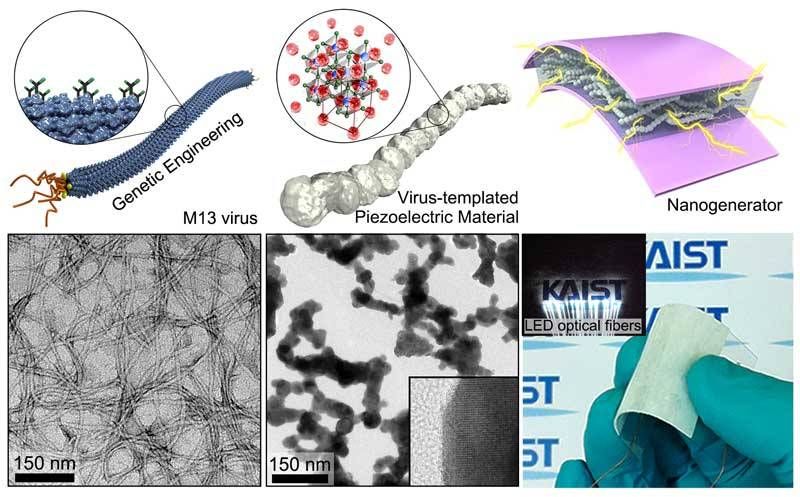Researchers at the University of Minnesota Twin Cities have created a ground-breaking superconducting diode, which is a crucial element in electronic devices. This innovation has the potential to not only enhance the development of quantum computers for industrial applications but it will also boost the performance of artificial intelligence systems.
Search Results for: semiconductor
Capsule X-Ray Dosimeter for Real-time Monitoring: Radiotherapy
Radiotherapy is all about precision in targeting tumor tissue while minimizing damage to healthy tissue. To deliver precision radiation requires real time monitoring of the dose till the time it is absorbed. The task is quite challenging, especially if it is in gastrointestinal tract. The dynamic nature of the region makes it nearly inaccessible. Current approaches used for tracking biochemical indicators including pH and temperature are insufficient to give out comprehensive evaluation of radiotherapy.
Ceramic based Micro Glucose Fuel Cells: Implantable Power Sources
In the coming two decades, nanotechnology will surely touch the lives of nearly all people across globe. As technology progresses, we will experience next generation sensors embedded in all things that we use, including our clothes, kitchen and within ourselves. Yes, IoT is coming here to stay. So, the next question is what will be the efficient power source for these devices, especially the implantable sensors and drug-delivery systems? Researchers at MIT have paved a way for glucose powered medical implants. With their newly designed glucose fuel cell, they are…
Surface Optics & Neural Based Processing: MetaOptics
An international team of researchers at Princeton University and the University of Washington has developed a micro-sized camera to the size of a salt grain.
Ushering An Era of Quantum Computers with Built-in Optics: The Qubit Technology
Quantum computers are hypothetical devices with higher computational power than a traditional computer. The classical system involves bits as the smallest unit of data, that is represented by 0 or 1, while quantum computers are made up of quantum bits, also known as qubits. Unlike the conventional computer, where a bit has to be either 0 or 1, quantum mechanics grants a qubit to be in both the states at the same time. A qubit would be represented as 0 and 1 simultaneously, a hallmark which is rudimentary to quantum…
Affordable Artificial Leaf to produce Clean Hydrogen Fuel: Nanowire Mesh for Direct Solar Water Splitting
Today nations across the world are trying to cut down their greenhouse gas emissions. Alternative energy sources are being tried and tested to replace non-renewable fuel sources and in this race, hydrogen fuel also known as zero emission fuel, definitely seems to have a promising future. Many automobile companies are doing R & D to come up with hydrogen fuel cell vehicles in the auto market. Unfortunately, availability of naturally occurring pure hydrogen on Earth is very limited and therefore, production of hydrogen gas requires tremendous energy. To overcome this…
Phones to borrow Bandwidth from nearby Gizmos: Device-to-Device Networking
By the beginning of 2015, 21Vianet, China’s largest internet provider, is looking forward to launch a cellular phone network that aims to offer downloads at relatively faster rate.
Interview: Robert Cheek, Director Biz Dev at Yujin Robot, South Korea
Lately GoCart, a service robot from the vault of Yujin Robot Innovation Team, South Korea has hit the headlines across the globe. The bot opens up a new level of human-machine interaction where the machine will replace people in doing the everyday mundane and heavy piles of monotonous tasks, thus leaving the humans to provide emotional support, a task, which a machine can never accomplish. In order to get more in-depth analysis of the robot and its future implications, we tried to get in touch with Robert Cheek, Director Business…
New Spray-on Solar Cells: Thin-film Photovoltaic Technology
In an interesting way, a group of researchers at the University of Sheffield was able to develop perovskite solar cells with the help of spray-painting process. Although the process is not new but using perovskite as a spraying material is being employed for the first time. Sheffield’s experts from the department of Physics and Biological Engineering have already used the spray-painting process to fabricate solar cells but the material used was organic semiconductors. In 2012, the researchers were able to successfully demonstrate the efficiency of photovoltaics based on organometal halide…
Solar Cells to replace Toxic Cadmium Chloride: Promises Clean Energy
Energy Industry around the world is constantly evolving in terms of innovation to harness clean energy from renewal energy like sunlight, wind, tides rain and so on. Harnessing energy from sunlight using solar panels are being used worldwide and its production is also increasing. Unfortunately, during manufacturing these commonly used solar panels requires a highly toxic and water soluble chemical known as cadmium chloride. The cadmium chloride is known to cause genetic defects and disease related to heart, kidney and other severe health hazards. And if accidentally the chemical reaches to the water bodies, the toxic chemical causes havoc,…
Innovative Supercapacitor Architecture: A Hybrid between a Supercapacitor and a Pseudocapacitor
Using the nanoparticles of hydrous ruthenium oxide (RuO2) by first modifying them via carbon nanotubes (CNT) and graphene foam as the electrode material for the supercapacitor, the researchers at the University of California Riverside have developed an innovative energy storage device. They have simply called it a supercapacitor, which technically is a hybrid between a supercapacitor and a pseudocapacitor. Once the electrodes were formed via the modification (mentioned above), they were then added in an aqueous electrolyte. The resultant combination provided higher energy with more power density supercapacitors than the…
10 Unanswered Puzzles about Science: Will They Ever Reach Consensus?
Even though we have made tremendous progress in science, yet there remains a mystery when it comes to give reasons to some everyday activities. These mundane stuffs generate the same kind of awestruck curiosity to scientists as it does to a toddler. Some of these bewildering questions are: 1) Slipperiness of Ice The unusual & unique properties of water have given numerous explanations about ice being slippery. Experts have dispensed most of the theories propagated so far and there could be more variations in the future discoveries envision majority of…
Multiferroics’ Propagating Disturbance: Power Booster for Processors
It’s been quite a some time now since researchers were working upon conserving heat that get wasted when electronic device(s) – laptops, computers, smartphones – is in operation. Researchers from the UCLA Henry Samueli School of Engineering and Applied Science have come up with a new form of material named “multiferroics” which is rich in magnetic properties. The researchers aim that by incorporating this material, they could enhance the efficiency of energy in the next lot of future devices, an element that is missing in the current technologies. Electric current…
Beginning Of A New Communication Paradigm For Graphene
Graphene, I am sure, is one of the most sought after materials for researchers across the world today. Just two months back we shed light on how graphene will be replacing silicon in the chips creating revolution in the field of semiconductors and then we talked about the new annealing treatment that might take graphene to the next level. Still curious for more, researchers at the Georgia Institute of Technology claim that they have devised a mechanism through which they can extent the capability of nanoscale antennas fabricated from graphene…
Nanogenerator Fabricated By Virus Template
Nature has an innate ability of fabricating organic structures at the nano scale, self-cleaning mechanism or water repellence in lotus effect best describes this tendency. Dexterously the leaves of lotus flower repel water. The complex micro and nanoscopic architecture of the surface is responsible for creating physical atmosphere that assist in disengaging water molecules to the leaves. Scientists today are working towards replicating the mechanism by using nature as a template. However, imitating the natural process is not that easy especially when working on the nanoscale, often it requires toxic…

